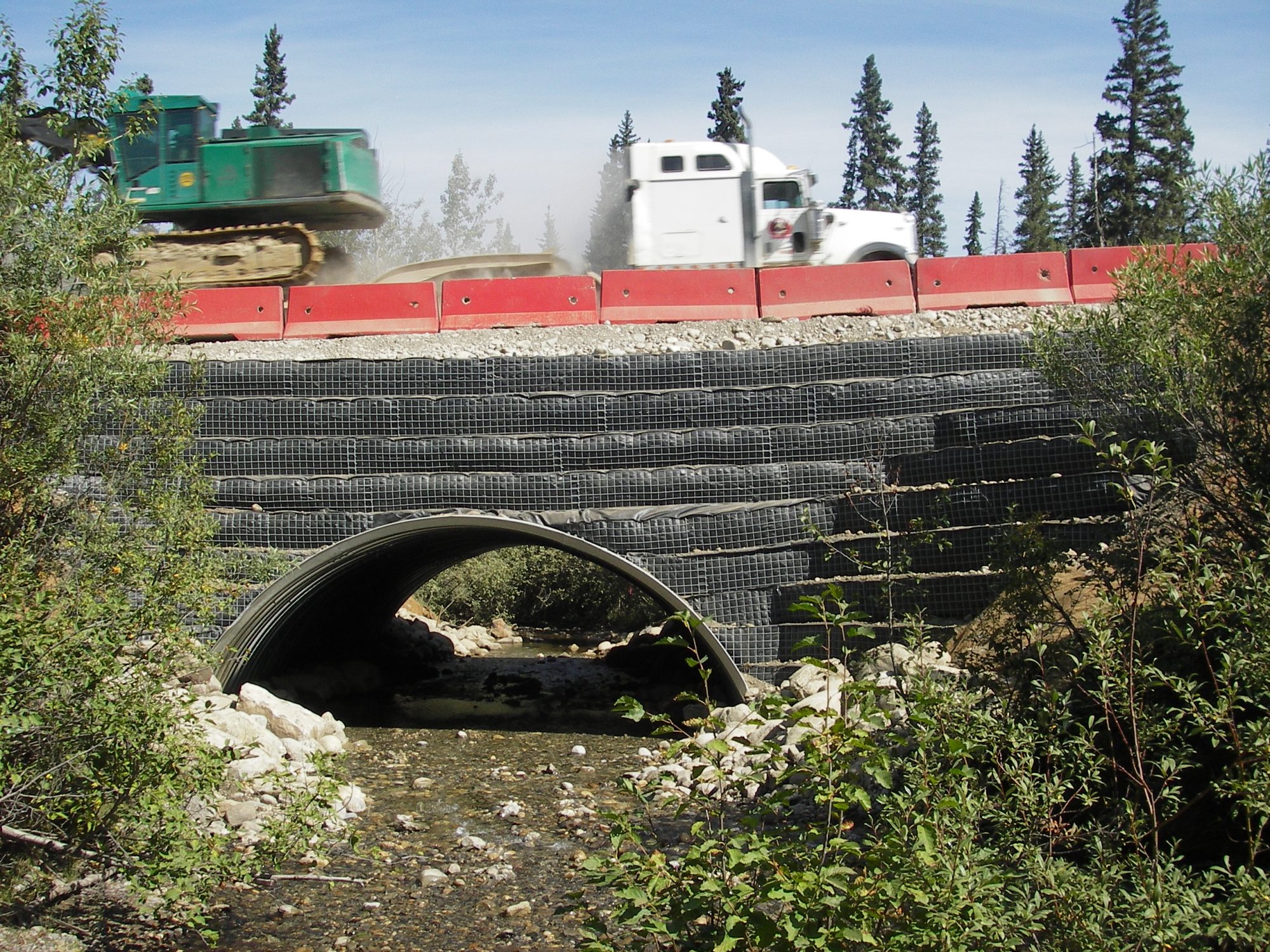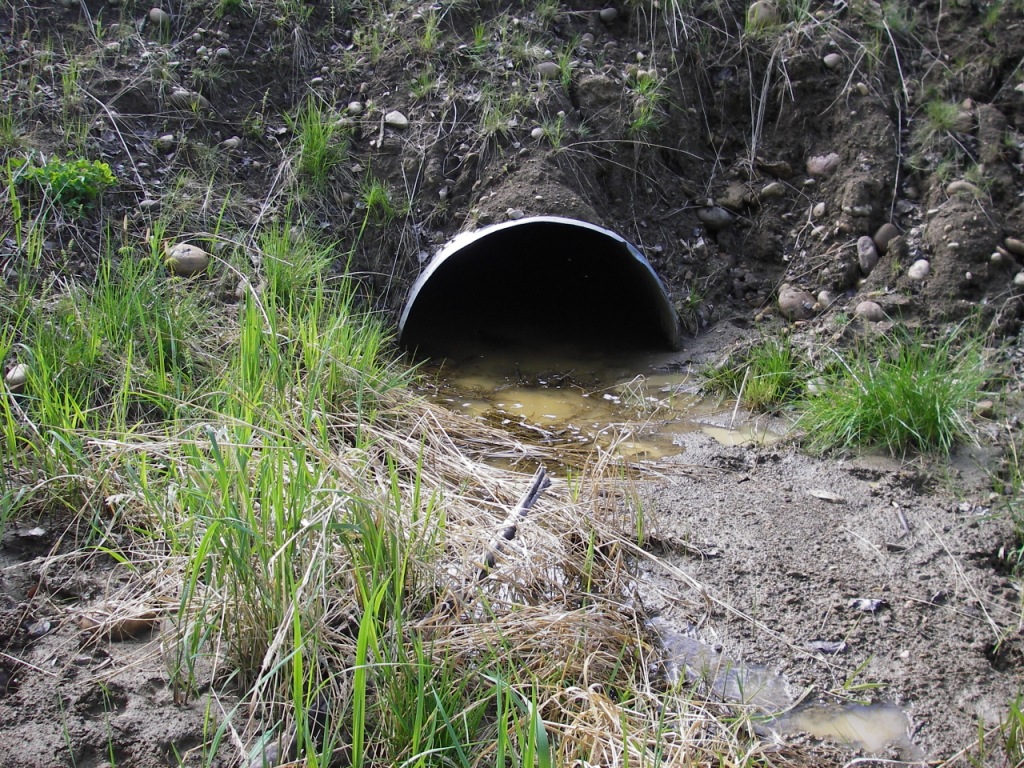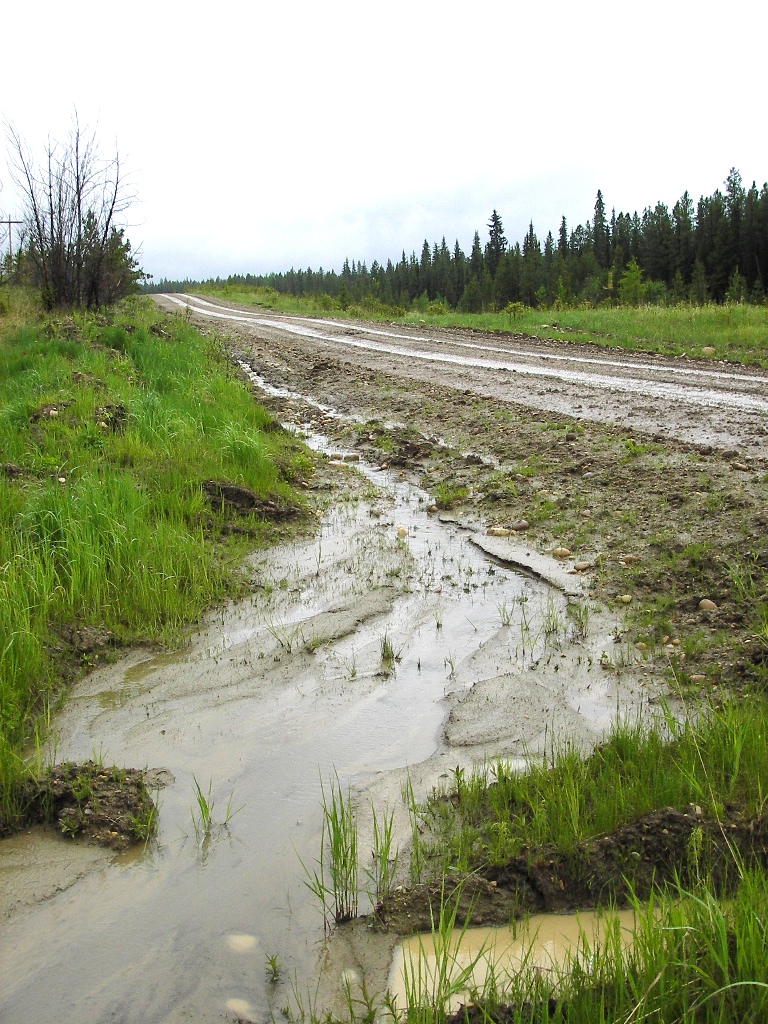Overview
The boreal forest is dynamic. Even without resource activities, natural disturbances such as wildfire, create a natural range of states for even simple ecosystems. Lakes and streams are no different. Ecosystem based management includes finding what that natural range of ecosystem variation is. The RAMP program was a 17 year effort to measure that range in the Athabasca River Basin in northeastern Alberta.
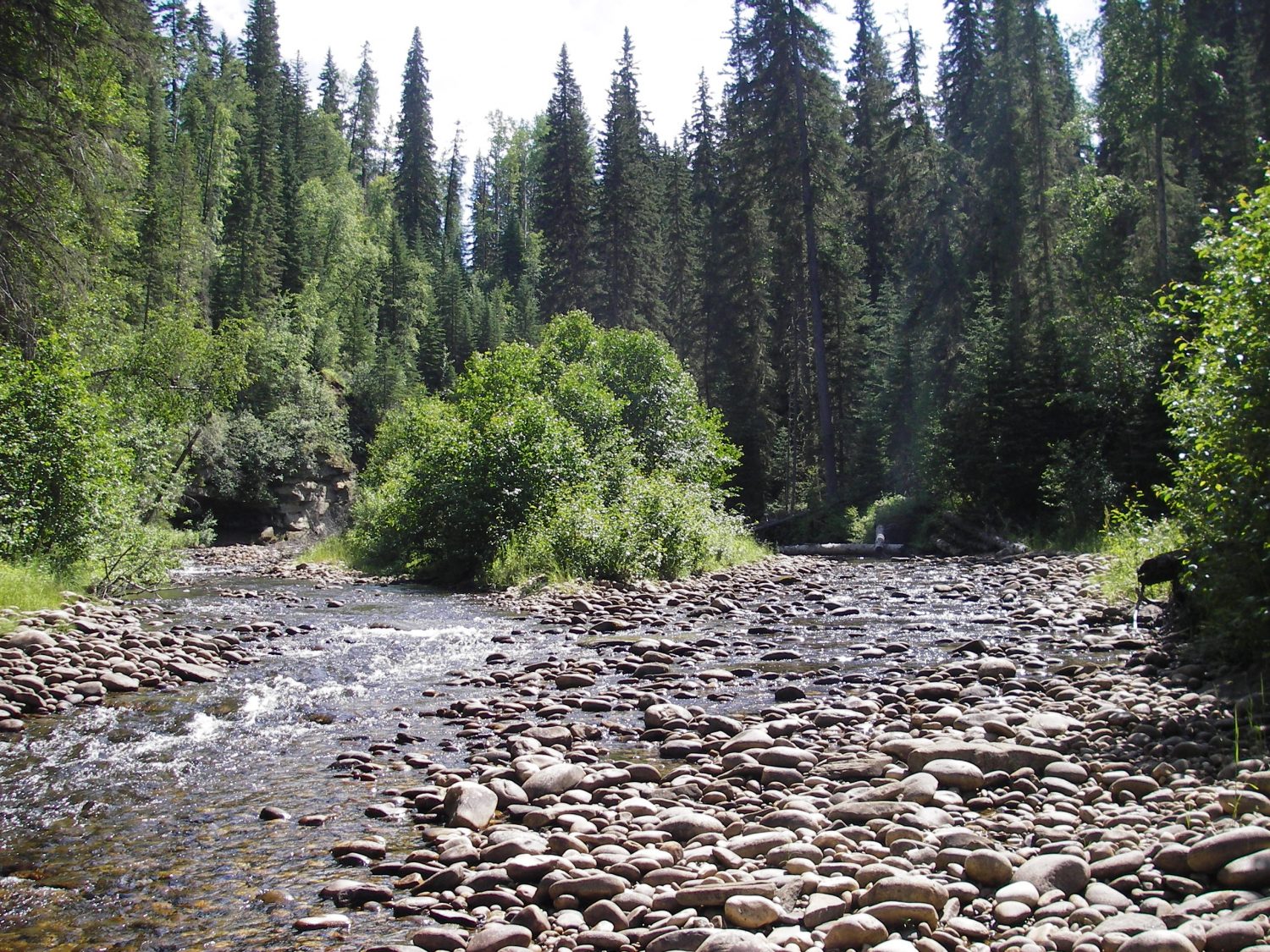
2008 FRI FSCP Misc 10
Background
The “natural range of variation” is a term that is much used in ecosystem based management. Ecosystems are not static. They change over time in the abundance and composition of species, and as they do their forms and functions also change. Change can be the result of ecological processes like competition or predation, or from abiotic processes like fire or resource extraction. The amount of change is not infinite, but rather tends to vary within a limited and measurable range of states over time.
The boreal forest is very much an ecosystem that changes within a natural range. Left undisturbed, processes like competition and dispersal change the composition of species within stands along a successional pathway. But disturbances are common. Fire and insect infestations can very quickly reverse succession, resetting the species composition range from relatively few species and mature, slow-growing individuals to many species of fast growing individuals.
The RAMP project was an effort to characterize this range of variation for water bodies and wetlands in the Athabasca River basin in northeastern Alberta. Primarily funded by the oil and gas industry and designed to monitor oil extraction effects on water, HLP partner Alberta Pacific Forestry (AlPac) joined the effort, contributing funds, expertise and in-kind resources. Starting in 1997, it was responsible for measuring the biodiversity in and quality of water that was affected by oil exploration, oil extraction or forestry disturbances in the boreal forest for 17 years.
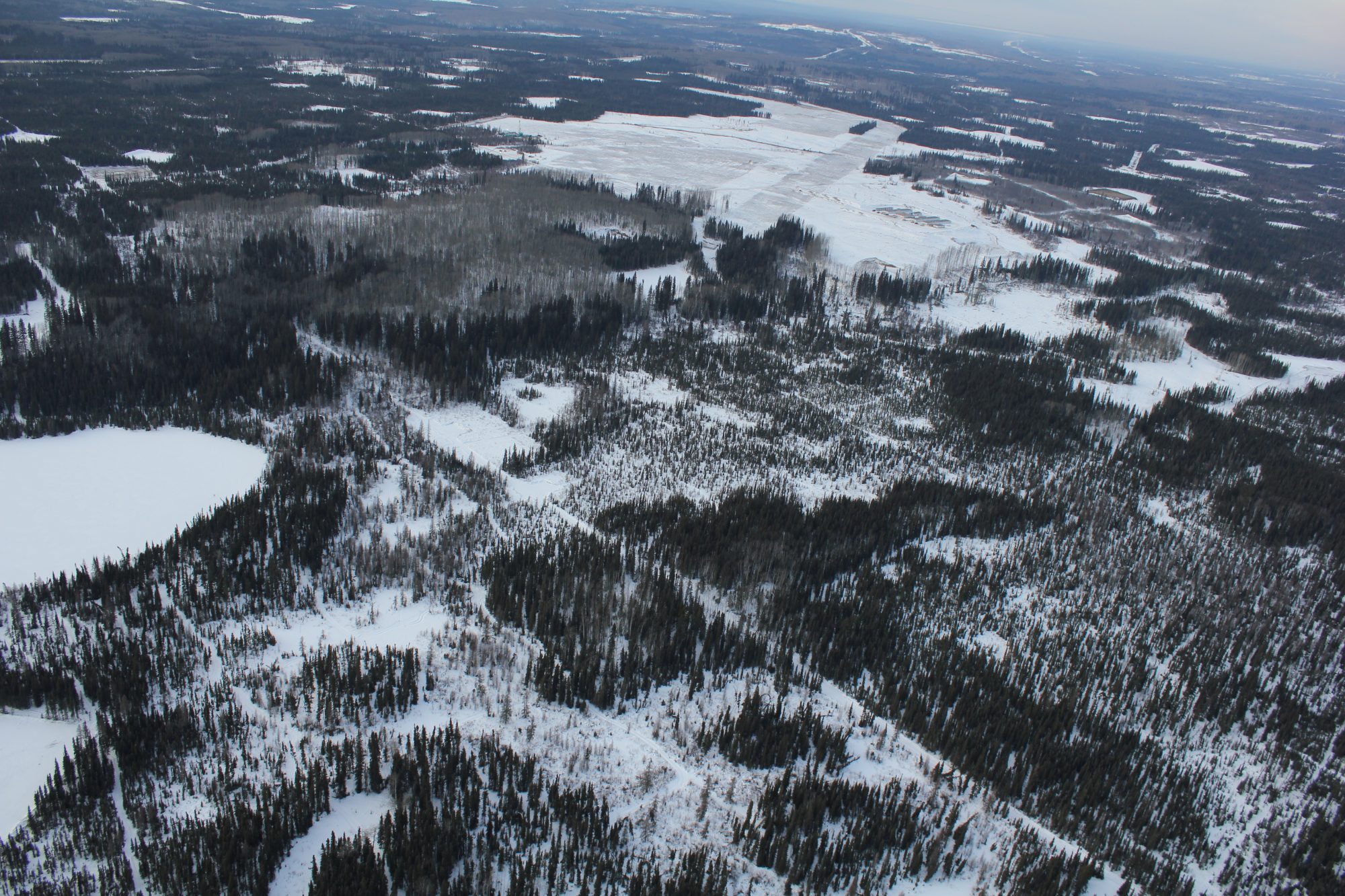
Photo credit: fRI Research
Innovation
Resource management in northeastern Alberta occurs at very large scales. The shift towards Ecosystem Based Management in this region means also to understand ecosystem processes at large, landscape scales. The innovation of the RAMP program was to launch a study to measure the natural range of variation relative to the current state of wetlands, lakes, streams and rivers over a huge area. RAMP sets the stage to integrate disturbance activities across the region so that water resources are managed within the natural range of variation.
Discovery
RAMP established baseline ranges for fish populations, aquatic vegetation, benthic invertebrates, metals/minerals and water flow in the wetlands of northeastern Alberta.
The natural range of variation in fish abundance appeared to be quite low across the region. Among the five rivers surveyed, the catch per unit effort was similar. The fish species found in the rivers was also similar in the 1997 data from previous surveys, suggesting little change over time at that point. Two of the rivers (Ellis and Tar) were identified as potential reference areas.
This contrasts with the high natural variability in invertebrate community characteristics over time and among sites, particularly in the Athabasca River. As well, in the wetland surveys, variation in species composition, water quality and plant vigor generally reflected habitat differences. Surveys generally showed that in 1997 did not provide consistent evidence of an influence of oil sands operations on wetlands or associated plant communities. This work continues, but now under Alberta Environment and Parks under the Environmental Monitoring and Science division.
Where in the wheel?
The natural range of variation is a foundational concept in EBM. Ecosystems vary over time and attempting to manage to a constant state can be futile and even dangerous. Understanding the range that ecosystems vary over space and time is a difficult process requiring careful measurement. The goal of the RAMP study was to identify the bounds of natural variation in aquatic ecosystems in northeastern Alberta both so that the effects of resource extraction could be identified and so that management within these bounds would be possible.

